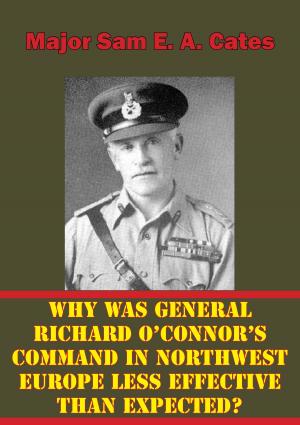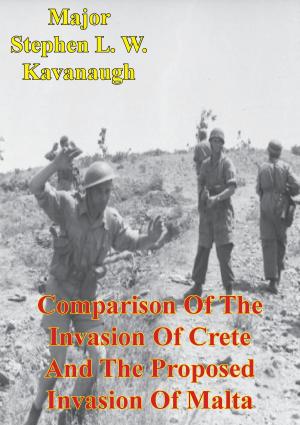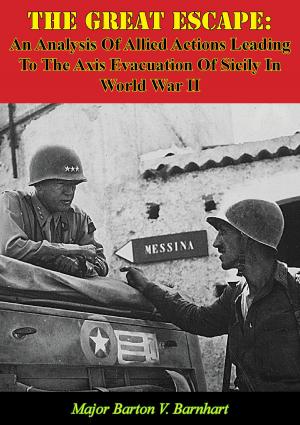Battle Of Gazala (May- June 1942) [Illustrated Edition]
Nonfiction, History, Germany, European General, Military, United States| Author: | MSG Napoleon Spencer | ISBN: | 9781782893899 |
| Publisher: | Lucknow Books | Publication: | August 15, 2014 |
| Imprint: | Lucknow Books | Language: | English |
| Author: | MSG Napoleon Spencer |
| ISBN: | 9781782893899 |
| Publisher: | Lucknow Books |
| Publication: | August 15, 2014 |
| Imprint: | Lucknow Books |
| Language: | English |
Includes the War in North Africa Illustration Pack - 112 photos/illustrations and 21 maps.
The Battle of Gazala, fought from 26 May-20 June 1942, was Rommel’s greatest triumph in battle. It is also considered the most convincing defeat of British forces during all the desert campaigns of World War II. Rommel’s success was a demanding effort and rested on the exploitation of British weaknesses. It required an understanding of the environment, a commitment to the essential principles of war, and the ability and willingness to maintain initiative. The Battle of Gazala was not just a mastery of warfare by Rommel; it also illustrated (for both sides) the importance of logistics, maneuver, mass, and surprise (FM 3-0, 4-13).
When analyzed individually, one, if not all the factors discussed possesses the potential to be the most significant factor(s) in the British defeat at Gazala. The Germans, specifically Rommel, understood how to combine leadership, logistics, mass, and maneuver to impose their will on the British. The British failed to incorporate lessons learned into their plans rendering them incapable of dealing with a mobile war in the Northern Desert. The Battle of Gazala in itself may not profess to be Rommel’s great triumph in battle. However, Rommel’s ability to apply the principles of war while outnumbered and trapped, and turning defeat into victory could very well define the Battle of Gazala as his finest moment in battle.
Analysis of the Battle of Gazala provides several lessons concerning the outcome and whether or not it could be considered Rommel’s greatest triumph in battle. Examining the factors presented thus far it could be concluded that British should have had the upper hand.
Includes the War in North Africa Illustration Pack - 112 photos/illustrations and 21 maps.
The Battle of Gazala, fought from 26 May-20 June 1942, was Rommel’s greatest triumph in battle. It is also considered the most convincing defeat of British forces during all the desert campaigns of World War II. Rommel’s success was a demanding effort and rested on the exploitation of British weaknesses. It required an understanding of the environment, a commitment to the essential principles of war, and the ability and willingness to maintain initiative. The Battle of Gazala was not just a mastery of warfare by Rommel; it also illustrated (for both sides) the importance of logistics, maneuver, mass, and surprise (FM 3-0, 4-13).
When analyzed individually, one, if not all the factors discussed possesses the potential to be the most significant factor(s) in the British defeat at Gazala. The Germans, specifically Rommel, understood how to combine leadership, logistics, mass, and maneuver to impose their will on the British. The British failed to incorporate lessons learned into their plans rendering them incapable of dealing with a mobile war in the Northern Desert. The Battle of Gazala in itself may not profess to be Rommel’s great triumph in battle. However, Rommel’s ability to apply the principles of war while outnumbered and trapped, and turning defeat into victory could very well define the Battle of Gazala as his finest moment in battle.
Analysis of the Battle of Gazala provides several lessons concerning the outcome and whether or not it could be considered Rommel’s greatest triumph in battle. Examining the factors presented thus far it could be concluded that British should have had the upper hand.
![Cover of the book Battle Of Gazala (May- June 1942) [Illustrated Edition] by MSG Napoleon Spencer, Lucknow Books](https://www.kuoky.com/images/2014/august/500x500/9781782893899-SGRM_500x.jpg)

![Cover of the book Grand Fleet Days [Illustrated Edition] by MSG Napoleon Spencer](https://www.kuoky.com/images/2015/november/300x300/9781786255358-2SuP_300x.jpg)

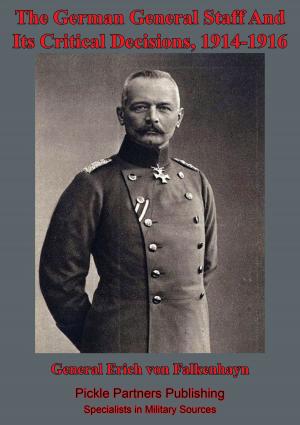



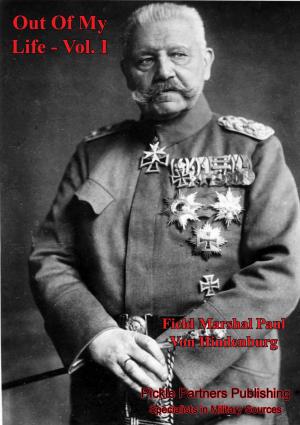
![Cover of the book ANZIO BEACHHEAD (22 January-25 May 1944) [Illustrated Edition] by MSG Napoleon Spencer](https://www.kuoky.com/images/2014/august/300x300/9781782894629-iiVi_300x.jpg)
